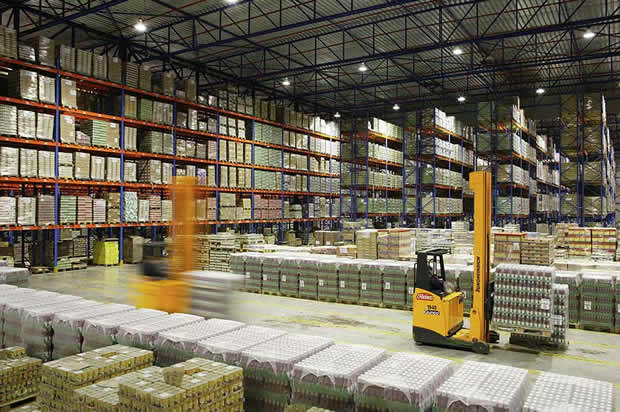Back in the day, factory work used to be extremely dangerous with many people enduring harsh conditions to earn a wage while putting their lives at risk. These days, strict rules and regulations have made this type of environment much safer, however, it’s still important to keep vigilant, stay alert and check out these eight essential factory health and safety tips:

- Safeguard your factory with the correct flooring
Safety underfoot is of paramount importance in an environment where people not only spend long periods of time on their feet but also work with dangerous machinery and carry heavy loads. Thankfully, products such as anti-slip paint and tape are available from companies like Rawlins Paints which can be used to create a much safer workplace.
- Provide/wear the correct personal protective equipment (PPE)
According to the law, PPE should be provided to prevent people from getting injured at work. PPE can include everything from protective footwear and hard hats to respiratory masks and eye goggles, so always carry out a risk assessment to ensure each employee is rightly equipped.
- Implement strict training procedures
Accidents often occur when staff don’t know what they’re doing or haven’t been properly trained. For this reason, give all new starters a thorough rundown of their job and regular ‘refreshment’ training throughout their time at the company.
- Make the most of mentors and buddy systems
Factory work often sees staff come and go at a rapid rate, so to ensure people don’t get neglected or lost in the system, try to assign them a mentor or a buddy who they can ask questions of if management are busy.
- Provide all employees with adequate equipment
They say a bad workman blames his tools, but if the tools aren’t appropriate for the job at hand the task can go seriously wrong. Employees should be given access to top-quality machinery suitable for their role and trained on how to use it.
- All machinery should be regularly checked
Even the very best machinery is prone to faults and breakdowns, so have everything checked and inspected on a regular basis to ensure it’s up to scratch.
- Implement safer handling procedures
Manual handling involves more than lifting heavy objects as it also includes pushing, pulling, carrying or moving a load. This all poses a risk to health, so it might be worth thinking about implementing mechanical handling procedures where possible.
- Use the correct signage
The Health and Safety (Safety Signs and Signals Regulations) 1996 state that signage must be used when there is a risk that has not been avoided or controlled by another means. Fire safety signs and toxic chemical warnings are particularly relevant in a factory environment.




Comments are closed.